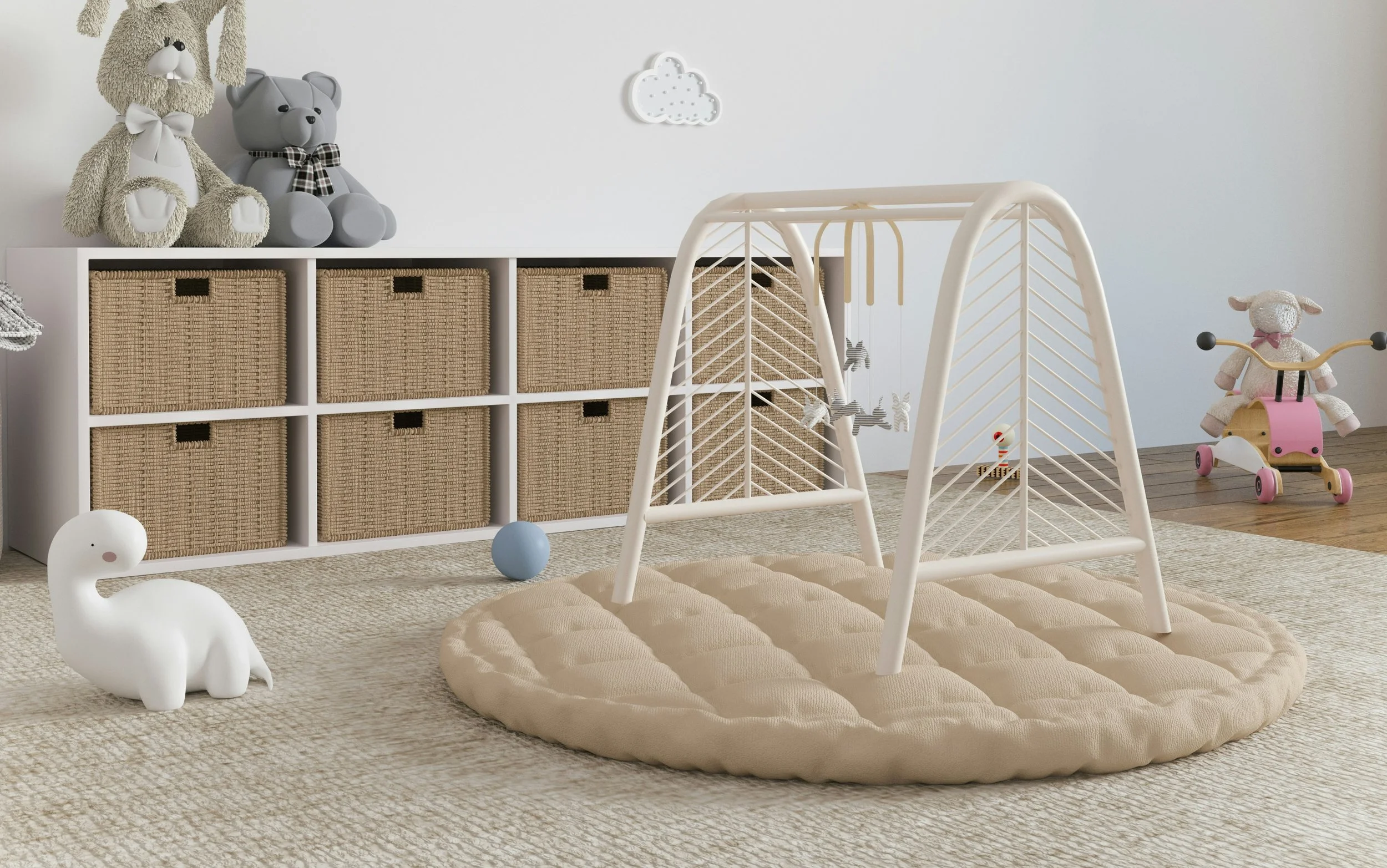The Difference Between Quilted and Traditional Baby Play Mats
When it comes to choosing a baby play mat, you might wonder what sets quilted play mats apart from traditional ones. Quilted play mats generally offer more padding and softness, which can provide a comfortable spot for infants to rest and play. This extra cushioning is often made from materials like cotton, making it gentle on a baby’s skin. If you're considering a purchase, think about the benefits that a quilted mat can provide over a conventional mat.
Traditional play mats, on the other hand, often feature a smoother surface made from materials like foam. These mats are typically easier to clean and can be better for active play due to their firm support. They might not offer the same plush feeling as quilted mats, but they excel in practicality and ease of maintenance.
Ultimately, your choice will depend on what suits your baby’s needs. If comfort and coziness are your top priorities, you might prefer to buy Wildbird's quilted playmator options from other reputable shops. If you’re looking to create a safe and vibrant play area, visit a provider that offers a wide selection of play mats perfect for exploration and comfort.
Overview of Baby Play Mats
Baby play mats provide a space for play and development, combining fun with safety. Two types stand out: quilted mats, known for their comfort and ease of cleaning, and traditional mats, valued for their practical designs over time.
Defining Quilted and Traditional Play Mats
Quilted baby play mats are typically made from soft fabrics. They offer a cozy surface for babies to crawl and play on. These mats are praised for their comfort and ease of cleaning, making them popular for parents who prioritize a soft, gentle surface for their babies.
Traditional baby play mats often use materials like foam or plastic. These mats focus on durability and cushioning, offering a firm support system. While they lack the plush feel of quilted mats, their sturdiness and resistance to wear make them perfect for long-term use.
Evolution of Baby Play Mats
Baby play mats have changed a lot over the years. Initially, they focused on durability and basic cushioning. However, as parenting needs evolved, these play mats incorporated more features, such as interactive designs and educational elements.
Over time, play mats have become more versatile. They now come in various materials and designs, catering to parents looking for both functionality and safety. From simple foam pads to intricate quilted designs, these mats have adapted to suit different lifestyles and preferences.
Comparative Analysis
When choosing between quilted and traditional foam baby play mats, you need to consider several factors, such as material, comfort, and maintenance. Understanding these differences will help you select the best option for your baby’s needs.
Material and Construction
Quilted play mats are typically made from fabrics like cotton or wool. These materials make them soft and comfortable, thanks to their layered design. Traditional foam play mats are crafted from materials such as EVA foam. Foam mats offer sturdiness and extra cushioning. The dense construction provides a thick layer that protects against hard surfaces.
Differences in material affect the performance of each type. Quilted mats prioritize softness, while foam mats focus on durability and support. Taking into account your floor type and your baby’s activities will guide you in finding the right material.
Comfort and Safety Features
Both types have their own comfort features. Quilted mats offer a plush feel due to the fabric layers, making them gentle for babies during tummy time or play. Foam mats provide more bounce and softness, absorbing any impact when babies crawl or play.
Safety is important. Quilted mats are free from harmful chemicals. Foam mats are designed without toxins like PVC or phthalates.
You must balance comfort and safety according to your baby’s age and activity level. Quilted options work well for a cozy space, while foam options offer added protection.
Maintenance and Durability
Quilted mats are easy to maintain usually machine washable or wiped clean. They are designed to withstand frequent washing without losing form or comfort. Foam mats are also simple to clean and often feature water-resistant surfaces.
Durability varies based on use. Quilted mats hold up well with less wear due to their stitched designs. Foam mats are highly durable and handle rougher play, thanks to their sturdy construction. Consider how often you expect to clean the mat and the wear it might receive in daily use.
Aesthetics and Design
Quilted mats often come with simple patterns or neutral colors, fitting seamlessly into your room decor. Their texture adds a cozy appearance. Foam mats, on the other hand, frequently offer colorful designs and patterns.
Both options can improve your baby’s play area. You might prefer the classic, homely look of a quilted mat. Foam options give a vibrant and playful vibe, sometimes including educational elements like numbers or letters.
Your choice of design will depend on your home's style and how the mat aligns with your space. Both types provide a balance of function and appearance that suits different preferences.
Conclusion
When choosing between quilted and traditional baby play mats, consider your main priorities.
Quilted Play Mats:
Soft and comfortable
Often made from cotton
Suitable for napping and tummy time
Easy to clean and move
Traditional Play Mats:
Made from durable materials like foam
Better for active play
Offer more insulation on hard floors
Your decision depends on whether you value softness and portability or durability and insulation. Prioritize the features that fit best with your baby's needs and your lifestyle.
















